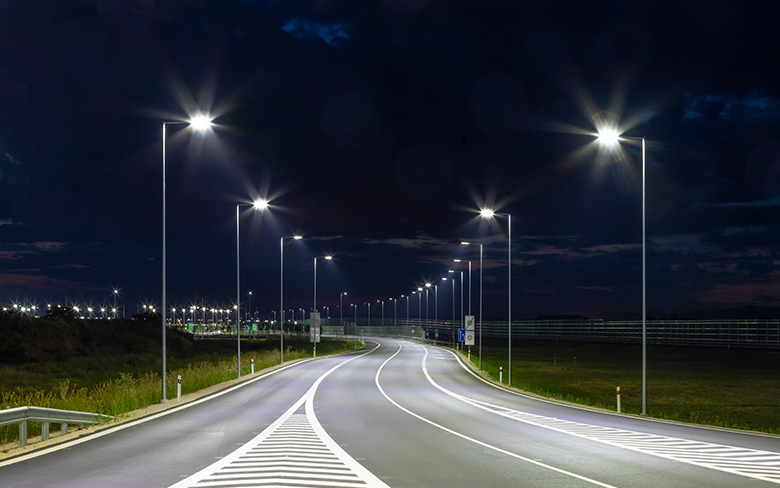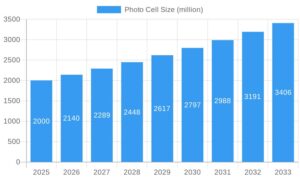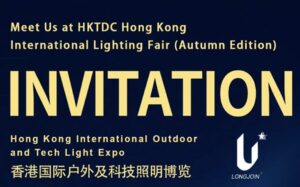¿Por qué cada farola necesita una fotocélula independiente?
Introducir
In smart cities today, street lighting is more than light. It drives safety, efficiency, and sustainability. Today’s lighting controls rely on smart sensors. They adjust automatically to daylight levels outside. While it might seem economical to use one photocell control for several lamps, the reality is different. Each street light performs best when equipped with its own photocell sensor.
This article explores why independent controllers are critical for reliability, cost-efficiency, and performance — and how Long-Join Technology provides cutting-edge smart photocell lighting sensor solutions to meet modern outdoor lighting needs.
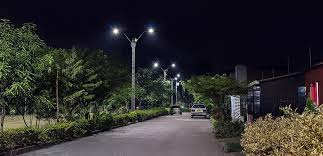
Why Should Each Street Light Have Its Own Photocell?
Ever wondered why engineers insist on installing one photocell for street light instead of sharing a single controller? The reason is simple — independence ensures reliability, flexibility, and cost savings over time.
Here’s a breakdown of the main benefits:
Factor | Shared Photocell System | Independent Photocell System |
Fiabilidad | A single fault can cause multiple lights to fail. | Each unit operates separately; failure doesn’t spread. |
Mantenimiento | Complex fault tracing across circuits. | Easy detection and quick replacement per pole. |
Flexibilidad | All lights behave identically, even in uneven lighting conditions. | Each light adjusts based on its specific environment. |
Installation Cost | Requires extra wiring, contactors, and control boxes. | Simplified installation, lower long-term costs. |
Independent control keeps the lighting grid stable and quick to respond. This boosts safety and gives even light on streets, industrial parks, and parking lots.
How Does Independent Control Improve Reliability?
Think of a photocell street light system like a chain — one weak link can darken an entire block. With shared systems, if one photoelectric sensor malfunctions, all connected luminaires could go dark.
Independent light photocell sensors, on the other hand, localize potential issues. When one unit fails, it dims its own lamp. The network stays on. This design boosts public safety, especially in busy areas where reliable lighting is a must.
Moreover, Long-Join’s Fotocontrol IP65 productos are designed for endurance. Each photo sensor module is sealed from dust and moisture. This boosts lifespan and lowers the chance of failure.
Can Independent Photocells Reduce Maintenance Costs?
Yes — and significantly. Maintenance teams can easily identify which specific photocell switch failed instead of checking a large control cabinet or tracing circuits across multiple light poles.
Aspecto | Shared Control | Independent Photocell |
Fault Tracing Time | Long (system-wide check required) | Short (one-unit replacement) |
Equipment Downtime | Alto | Mínimo |
Cost Over Time | Increases with complexity | Decreases with modular setup |
Long-Join’s photocontrol receptacle solutions simplify maintenance further. Their standardized connectors make replacement plug-and-play — no rewiring, no delays.
Is the Installation More Expensive Initially?
At first glance, yes — but only slightly. Installing one photocell street light controller per luminaire might raise upfront costs by a few percent. However, long-term analysis shows these systems become cheaper to operate and maintain.
Shared systems require additional contactors, junction boxes, and complex cabling, which all increase material and labor costs. Independent outdoor light sensor switch setups eliminate these extras.
To visualize this, see the simplified comparison:
Componente | Shared Photocell Setup | Independent Photocell Setup |
Contactors | Required | Not needed |
Wiring Length | Long (multi-lamp) | Short (per pole) |
Installation Time | Longer | Shorter |
Overall Lifetime Cost | Más alto | Más bajo |
Over a 10-year lifecycle, the total cost of ownership for independent photocells can be 15–25% lower, making them the smarter investment.
How Does It Enhance Flexibility and Scalability?
Imagine upgrading one section of a road to LED fixtures or integrating smart dimming — independent control makes that easy.
When each luminaire has its own light sensor photocell switch, technicians can reprogram or replace units individually. This modular structure prevents downtime in other areas.
Long-Join’s smart remote control switch designs, such as the JL-712B2A2 Microwave Motion Zhaga Controller, provide real-time adaptability. These units integrate seamlessly with Zhaga sockets and can detect motion to dim or brighten lamps automatically.
Each streetlight can now respond to its environment, occupancy, or daylight — a foundation for truly smart city infrastructure.
How Does Independent Photocell Placement Improve Lighting Uniformity?
Not every street or square receives the same sunlight. Buildings, trees, and elevation changes cause variations in brightness. A single shared photo control cannot detect local differences, leading to uneven lighting.
By contrast, each lamp with its own photocell lighting sensor reacts on its own. It reads daylight at that spot.This gives smoother shifts from dusk to dawn. It avoids the patchy look in centralized systems.
These sensors keep brightness steady and cut glare and hot spots. It’s not only about looks. Even light makes drivers and pedestrians feel safer.
How Do Independent Systems Align with Modern Standards and Smart Trends?
Modern standards like Norma ANSI C136.10 y Norma ANSI C136.41 say this. Every light fixture needs its own photocontrol receptacle or smart controller node. These smart photocell sensors enable remote monitoring and dimming. They support adaptive behavior via DALI, ZigBee, and others.
Below is an overview of popular Long-Join controllers and their functions:
Modelo | Interface Type | Main Function | Caso de uso |
JL-722B2A2 | Zhaga | Microwave motion sensor, energy saving | Smart street lights & tunnels |
JL-723A1H | zhaga | Passive infrared (PIR) dimming | Parks, residential lighting |
JL-207C5-L | NEMA | Surge-protected photocell LED street light controller | Highways, outdoor roads |
Serie JL-217 | NEMA | Advanced dusk to dawn photocell control | City streets, industrial zones |
Each device embodies Long-Join’s engineering focus: precision sensing, robust housing, and international certification.
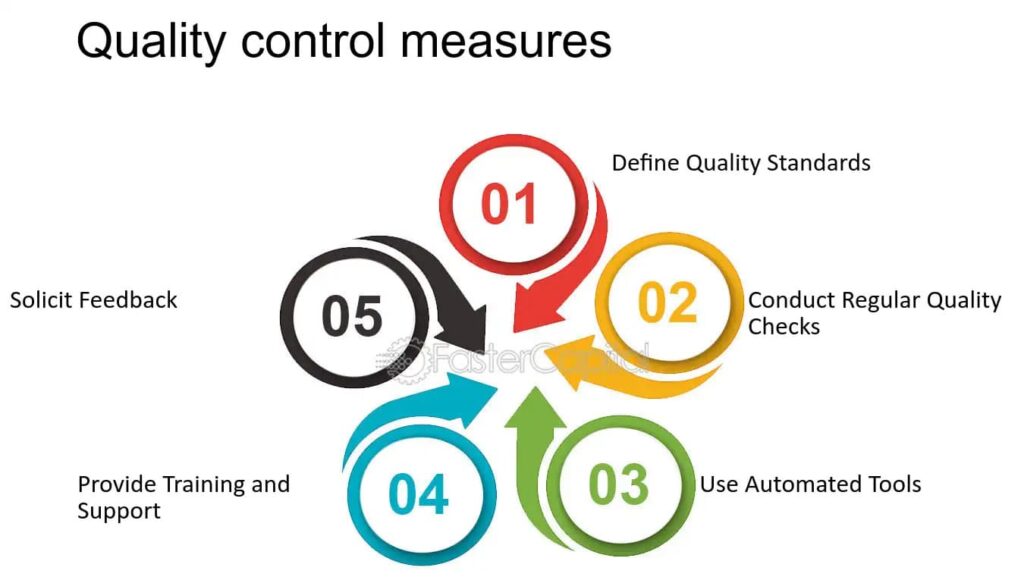
What Quality Control Measures Guarantee Reliability?
Each photocell sensor LED street light faces several checks before it leaves. Long-Join inspects every unit by hand. This makes every product work well in tough weather. From wet, tropical heat to sub-zero winters.
Here’s a summary of their strict QA process:
Tipo de prueba | Objetivo | Estándar |
Factory Inspection | Verify electrical safety & performance | IEC / UL |
Waterproof Testing | Confirm IP67 sealing integrity | IP67 / IP65 photocontrol |
Raw Material Screening | Ensure high-quality input materials | ISO-certified suppliers |
Burn-In Test | Detect early component failures | 48-hour continuous operation |
Functional Check | Validate response under light variation | 100% tested |
With this workflow, Long-Join ensures every photo cell sensor meets or exceeds the performance expected in global markets, including CE, RoHS, y FCC standards.

Can Long-Join Customize Photocell Solutions for Different Cities?
Absolutely. Urban lighting needs differ across climates and geographies. A port city may demand higher corrosion resistance, while mountain areas may prioritize low-temperature endurance.
Long-Join’s custom photocell solutions offer configurable photo sensor thresholds, communication protocols, and response logic. Cities and manufacturers can request special functions — such as specific lux levels for switching or integration with existing street light controllers.
This adaptability makes Long-Join a trusted partner among manufacturers photocell and lighting integrators worldwide.
What Management Systems Support These Smart Photocells?
Beyond hardware, Long-Join provides the UM9900 Street Light Management System, an intelligent platform for remote monitoring and control. It supports:
- Real-time energy analysis
- Fault reporting
- Dimming schedules
- Remote switching and diagnostics
Through this system, municipalities can visualize performance data, optimize usage, and predict maintenance needs. The UM9900 turns traditional illumination into an intelligent, connected infrastructure — a vital step in sustainable urban management.
Conclusión
Cada luz de la calle deserves its own brain — and that’s the célula fotoeléctrica. Independent sensors boost reliability, ease maintenance, add flexibility, and enable smart control. They keep lighting systems resilient and efficient.
Long-Join Technology leads this change. It blends precise sensores fotoeléctricos with strict quality control. It adds smart connectivity to form one smooth system.
Long-Join uses certified, proven parts and smart design. It helps cities worldwide build safer, smarter, energy-saving lighting networks.
Enlaces externos:
●https://en.wikipedia.org/wiki/Junction_box
●https://en.wikipedia.org/wiki/Zigbee
●https://www.linkedin.com/pulse/um-9900-smart-street-lighting-system-j8b7c
●https://en.wikipedia.org/wiki/RoHS
https://www.fcc.gov/general/information-quality-guidelines-fcc

